Edinburgh's lost sweet shops remembered by city's residents
This article contains affiliate links. We may earn a small commission on items purchased through this article, but that does not affect our editorial judgement.
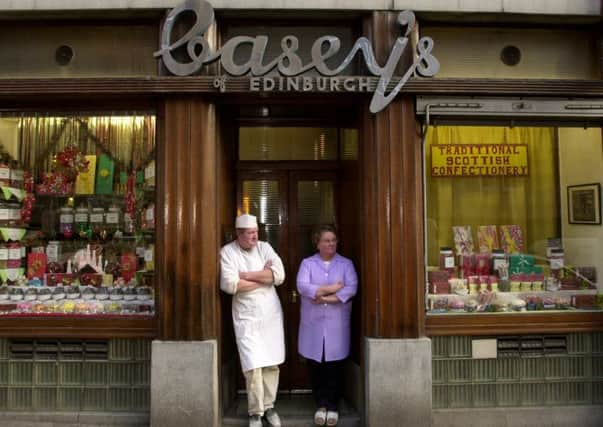

Choose love hearts, flying saucers, bon bons, and wondering where on earth you’ll find toffee daudles on a Sunday morning. Choose Berwick cockles, dolly mixture, chocolate mice and Highland toffee penny chews. Choose rotten gnashers and a trip to the dentist’s chair. Choose sweets.
The sweet shop was one of the great cultural phenomena of the 20th century.
Advertisement
Hide AdAdvertisement
Hide AdEvery primary school at one time had a wee tuck shop on the corner where you could load up on excessive amounts of sugar-coated gelatine, sour candy and Panini football stickers.
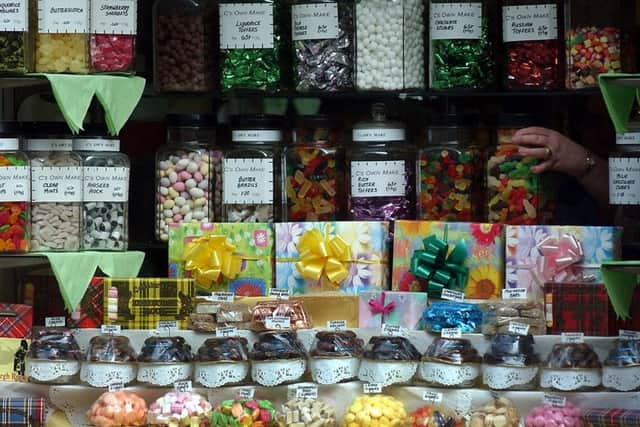

Stores like Woolies and Littlewoods also both did a mean pick ‘n’ mix, and a visit to the sweetie shops outside the Odeon and ABC was mandatory before heading to the pictures.
But the really special ones were the small, independent confectioners; the businesses dedicated to sweets and little else.
One shop which fell under this category, and which I am thankfully old enough to remember, was Casey’s.
Advertisement
Hide AdAdvertisement
Hide AdThe family-run confectioner’s served the city with pride for over 70 years, selling their own handmade sweets and chocolates from two shops, one at the top end of Easter Road and another on St Mary’s Street. Both shops were lined wall-to-wall with a hundred jars containing every variety of classic swedger you could possibly imagine. The assistants looked the part, too.
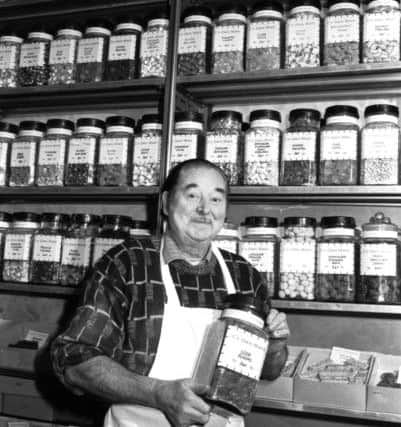

Casey’s outlet on Easter Road was popular with Hibs fans who turned up in their droves to purchase the green and white coloured “Easter Road rock” with their club’s name running through it.
Founder Mr Casey opened his first sweet shop at Potterrow in the 1930s and worked with his nephew to produce their own sweets until his death at the grand old age of 91.
In 2002 Casey’s won an award as the ‘best sweetie shop in the UK’.
Advertisement
Hide AdAdvertisement
Hide AdAnother famous sweet shop was Jeannie Veitch’s which was one of the best-loved confectioner’s in Edinburgh in its pomp, as civil servant, and author of Edinburgh Southside Through Time, Jack Gillon recalls: “It was in a wee, unassuming one-storey building at East Crosscauseway, a stone’s throw from where they made Edinburgh Rock.
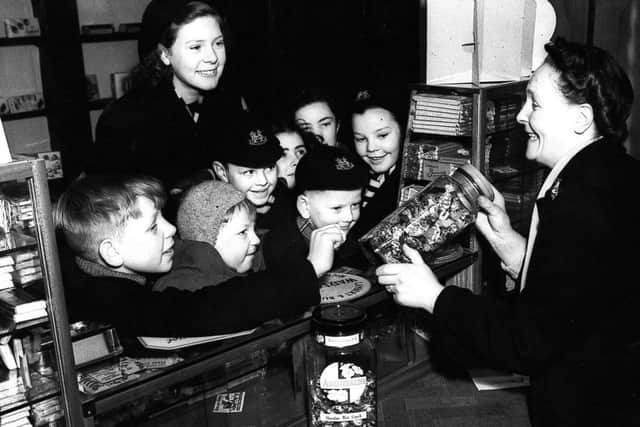

“Jeannie founded it in the 1870s and her two girls ran it after she died in the fifties. It had a formidable reputation.
“It was famed among Southside kids as the place to go for toffee apples, boilings and fudge. Once you were of age, say around twelve, you went in for a single cigarette instead!
“There was also a second shop opposite the New Victoria Cinema (later the Odeon).”
Advertisement
Hide AdAdvertisement
Hide AdOther popular establishments throughout the city included Scobie’s and The Duchess, both Corstorphine; Remo’s of Stockbridge; Duncan’s in Morningside; Elizabeth’s at Craiglockhart; Hamilton’s and Mrs Webber’s, both Portobello; Rankins at the West End; and Pearce’s located on Great Junction Street, Leith.
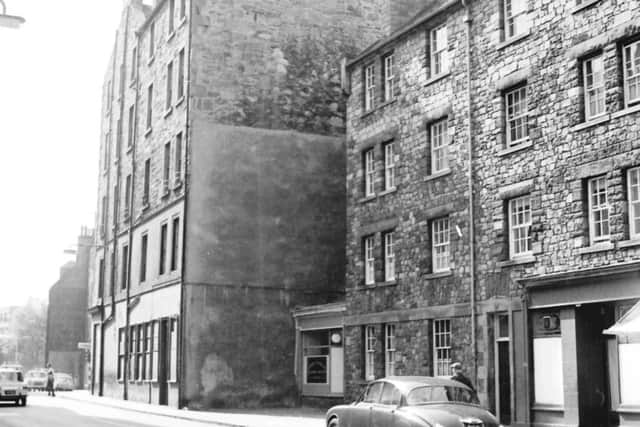

There was a ‘healthy’ number of manufacturers in Edinburgh too.
John Millar & Sons at Causewayside produced huge varieties of sweets, including the famous pan drop; W & M Duncan at Beaverhall Road specialised in chocolates – and are credited with the invention of the world-renowned walnut whip; a chap called Alex Ferguson (not that one) introduced us to Edinburgh rock at his premises on Melbourne Place; and the reek of the brewery and rubber works at Fountainbridge was countered by the irresistible scent wafting over the district from Mackay Brothers sweets factory.
Writer and former Olympic runner Peter Hoffmann grew up in Oxgangs in the ‘60s and recalls childhood trips to his local sweet shop, Ewart’s newsagents: “The sweet jars were set up along one counter of the shop behind glass. For small children this of course was at a perfect marketing height – eye level.
Advertisement
Hide AdAdvertisement
Hide Ad“The range of penny sweets, or several-for-a-penny sweets, was astonishing.
“I’d usually go for sports mixtures – little fruit gums which were very hard and took a lot of sucking and chewing. Green or red were the best flavour – orange was fine, but black was unpalatable to all but a few. On placing the order I would ask the shop assistant for no black ones. Sometimes they would oblige, on other occasions they would say ‘ye’ll take what you get son!’.
“After all they could hardly do this for all customers and be left with a jar of black sports mixtures!”
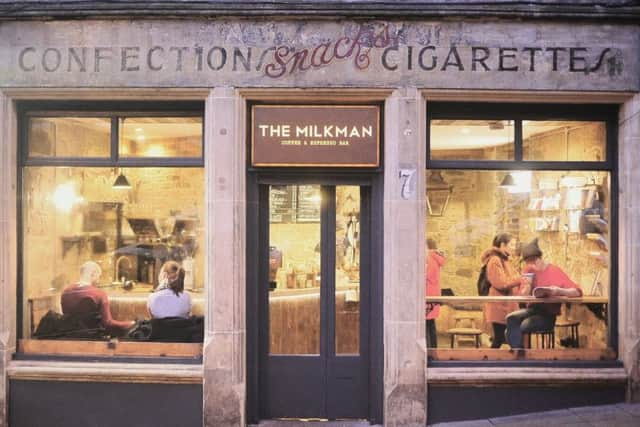

In recent years there has been a resurgence in the number of retro sweet shops popping up across the Capital.
Advertisement
Hide AdAdvertisement
Hide AdBain’s at the Grassmarket and Canderson’s on Leith Walk are just two of the modern-day confectioners catering for those seeking a traditional sugar rush.
And, until recently, Lickety Splits on Jeffrey Street and Toddle In on Cockburn Street also proved popular, though both have sadly closed in the past couple of years.
Toddle In, which shut its doors in 2015, was taken over by The Milkman coffee & espresso bar.
Prior to opening, proprietor Mark Donald made a surprising discovery: “We removed three layers of Toddle In signage going back decades until the ghost signage for a much older confectioner was revealed.
Advertisement
Hide AdAdvertisement
Hide Ad“The old signage is hand-painted on to the actual stonework of the building and likely dates from the early 1900s. Edinburgh World Heritage helped towards restoration, and the sign’s now got a coating which should protect it for years to come.
“It’s become a key feature of our frontage, and draws lots of attention from passers-by.
“We felt this important piece of Edinburgh’s past should be preserved.”
Hear, hear, Mark!
DOWNLOAD THE EDINBURGH EVENING NEWS APP ON ITUNES OR GOOGLE PLAY